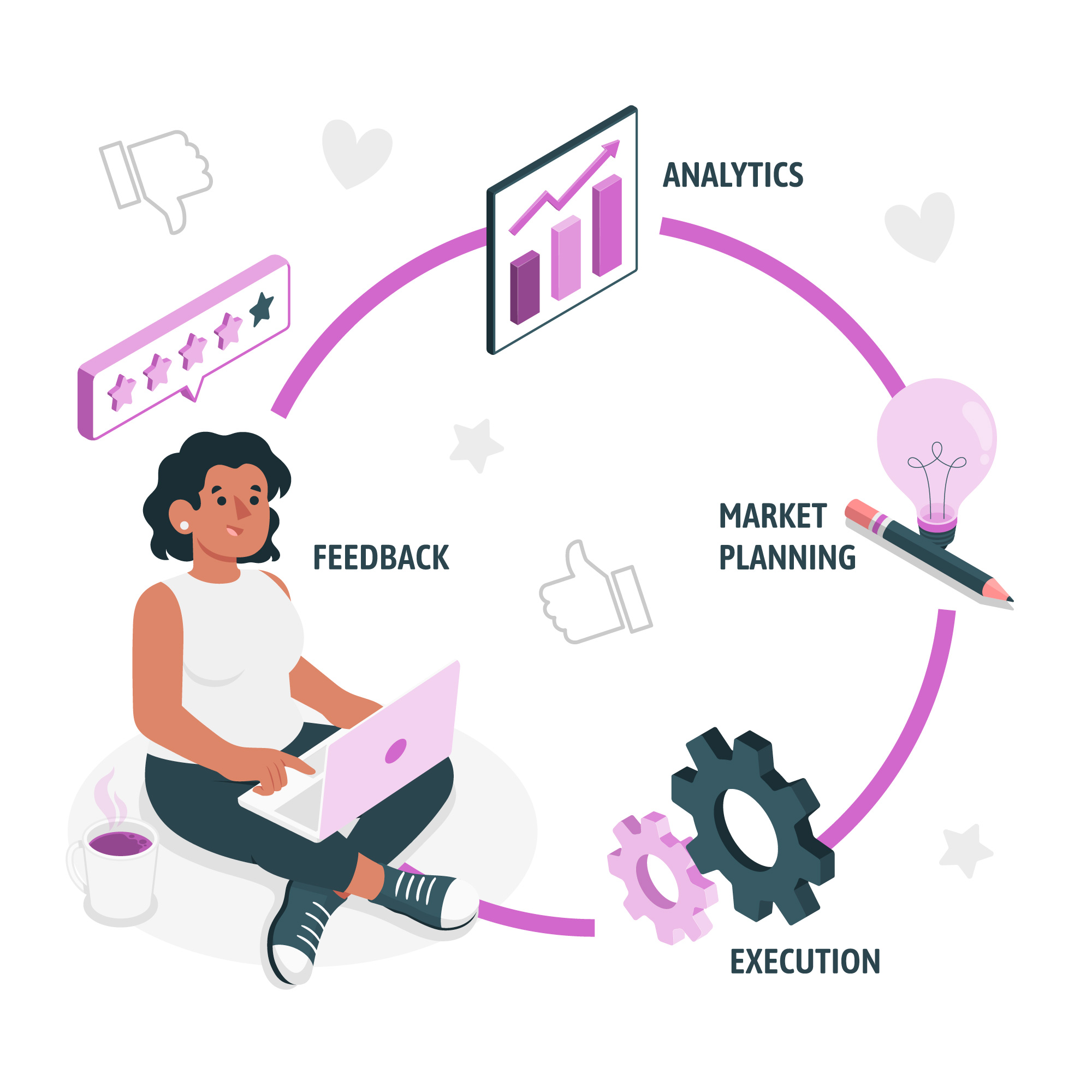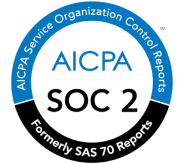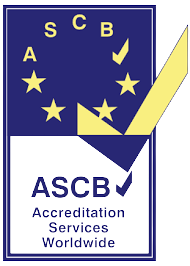Table of Content
Introduction
A traditional competency model would not work well when dealing with the multigenerational workforce. It was fit for the 1990s era, where the focus was mostly on attaining precision in the manufacturing processes with that industry’s boom.
However, today, the world is rapidly evolving every other day or week. Younger generations are more sensitive to the approaches they take at offices and are committed to doing meaningful work.
As organisations accept the future world of work, they are becoming more skills-based. Be it hiring, onboarding, training, engaging, or retaining top-rated employees, it’s currently and mainly about their attitude and mindset to create an impact.
The world is today more about their discretionary efforts to take their personal, professional, and team growth ahead.
So, this blog is for every talent and culture chief officer to know in great detail about the limitations of decade-old or traditional competency models.
We also offer you solutions simultaneously to overcome those challenges and attain complete operational excellence from pre-hire to post-retire.
Want to skip this post?

Top 5 Limitations of a Traditional Competency Model With Solutions
-
KRA and KPIs were set on Excel workbooks.
Earlier one of the core limitations of a traditional competency model was that KRA and KPIs were tracked, recorded, and set manually.
Excel workbooks were sufficient when either the staff was fewer, job descriptions didn’t change for years, or the KRAs/KPIs didn’t evolve much.
However, now the times are equally different. Team members are working together with dissimilar and distinct experiences and skill sets. No two or more team members will think and execute tasks the same way.
This is something which modern HR and talent leaders have realised after working with a multigenerational workforce.
Solution:
The best way to tackle and overcome this limitation is to leverage the HRMS and its flexible performance management system. It allows you to set KRA and KPIs based on the latest standards of the industry and the job profile.
It is also embedded with the AI tool called AI Suggest to create KRA templates within seconds for bulk job profiles.
-
Job mapping was manual and in-person.
Earlier, everyone was given jobs based on bias, favouritism, or personal observations of each person’s aptitude, calibre, and excellence. Now is not so much of the case.
Talented people today want to work in their related fields and make a major impact. They would not accept doing the work just for favouritism or depending on the bias.
The young generation of talent managers and executioners is even more conscious of choosing how they want to work and reform their image at the workplace.
So, favouritism, bias, or personal observations will not work in a rapidly changing workplace.
Solution:
Invest in objectified talent management modules like a 9-box grid, timesheet, project, and task management. Get these and other relevant modules from uKnowva HRMS. This gives you the right picture of who is working on which project with how much efficiency.
Moreover, you can assign tasks and jobs for short or long periods to any kind of staff. Now, you’re not limited to offline or in-house staff. Modern organisations are already working with freelancers, gig workers, on-field staff, deskless staff, wage workers, etc.
So, the anywhere accessible HRMS with all the insights, analytics, and reports on everyone’s workflow, productivity, and timesheet utilisation rate helps every manager to allocate resources more efficiently.
-
Training libraries were only physical and time-consuming.
Another limitation of the traditional competency model was that it offered physical libraries. These were massive, and people were lost in finding the right way to learn and grow.
Moreover, there was no provision to help remote workers scale up, skill up, and relearn. So, the traditional competency model is not at all fit for modern workers and talent in the market.
Solution:
Invest in eLMS solutions that we provide in our HRMS. It helps everyone in the organisation to find the courses, chapters, etc., in the bifurcated catalogue within seconds.
The system is accessible anytime, anywhere, so it removes the hassle of finding the best courses or training sessions to take at the moment.
Be it an in-office worker or a remote talent working from different or various locations, the electronic learning management system is accessible to all. They can view all the courses they are permitted and eligible to learn.
So, the learning and growth opportunity does stop or hinder any worker’s growth potential. Everyone has an equal or fair chance to consume new content and start working on related projects.
-
Only senior management had a say in setting job descriptions and career goals.
Earlier, the management followed dictatorship or strict leadership. There was no or little room from the management’s end to improve the work-life culture and conditions for the staff.
Often, people went on strikes to get their demands heard. Otherwise, there was no way or policy in place for management or employers to craft better job roles, goals, or descriptions for the workers.
Solution:
Ask for genuine opinions and conduct employee satisfaction and concerning surveys. Let them decide what type of goals they can achieve and strive for in the coming months.
Empower them to set their own goals or KRAs on the performance management system and approve that after serious consideration.
This makes the goals from a job role more empathetic, considerate, contributory, and meaningful to the person achieving them. Because of this approach, the employee stays for a longer period than expected, improving the overall culture and internal branding of the firm.
-
It put employees in a box with rigid frameworks for processes.
Earlier the traditional competency model put employees in boxes and labels. That happened frequently and became a norm because of a slow-paced world, especially before the 1990s.
Now we are living in an entirely transformed and automated world of work. Rigid processes and systems are not favourable to the modern generations that demand:
- Flexible working hours
- Employee well-being programs
- Personalised incentives and benefit packages
- Agile career paths and thoughtful succession planning
- Skills-based hiring
- Automation of mundane tasks to have a breather in between their workdays
Solution:
Provide all that your current employee or workforce needs. Orient the culture to be more inclusive, diverse, and acceptable, creating a sense of belonging, visibility, and equity.
That is possible when you implement an HRMS like ours, thoughtful enough to let you provide all modern work-life perks to your staff. It starts with flexible, automated, and streamlined pre-hire processes and ends with empathetic, warm, and transparent off-boarding.
Conclusion
The blog above discussed five core limitations of a traditional competency model. We gave you the bonus of smart, efficient, and cost-effective solutions to implement with each such limitation.
If these solutions are what you’re seeking right now, reach our implementation team right away.
FAQs on Limitations of a Traditional Competency Model
How do traditional competency models restrict employee development?
Traditional models may pigeonhole employees into predefined competencies, limiting their opportunities for growth and advancement beyond the established framework.
Can traditional competency models hinder innovation and creativity?
Yes, traditional models may discourage experimentation and innovation by focusing solely on established competencies. Employees may feel pressured to conform to existing norms rather than explore new ideas.
How can organisations overcome the limitations of traditional competency models?
Organisations can adopt more agile and inclusive approaches to competency development, such as competency frameworks that allow for individualised growth plans, regular reviews and updates, and integration of feedback from diverse stakeholders.












